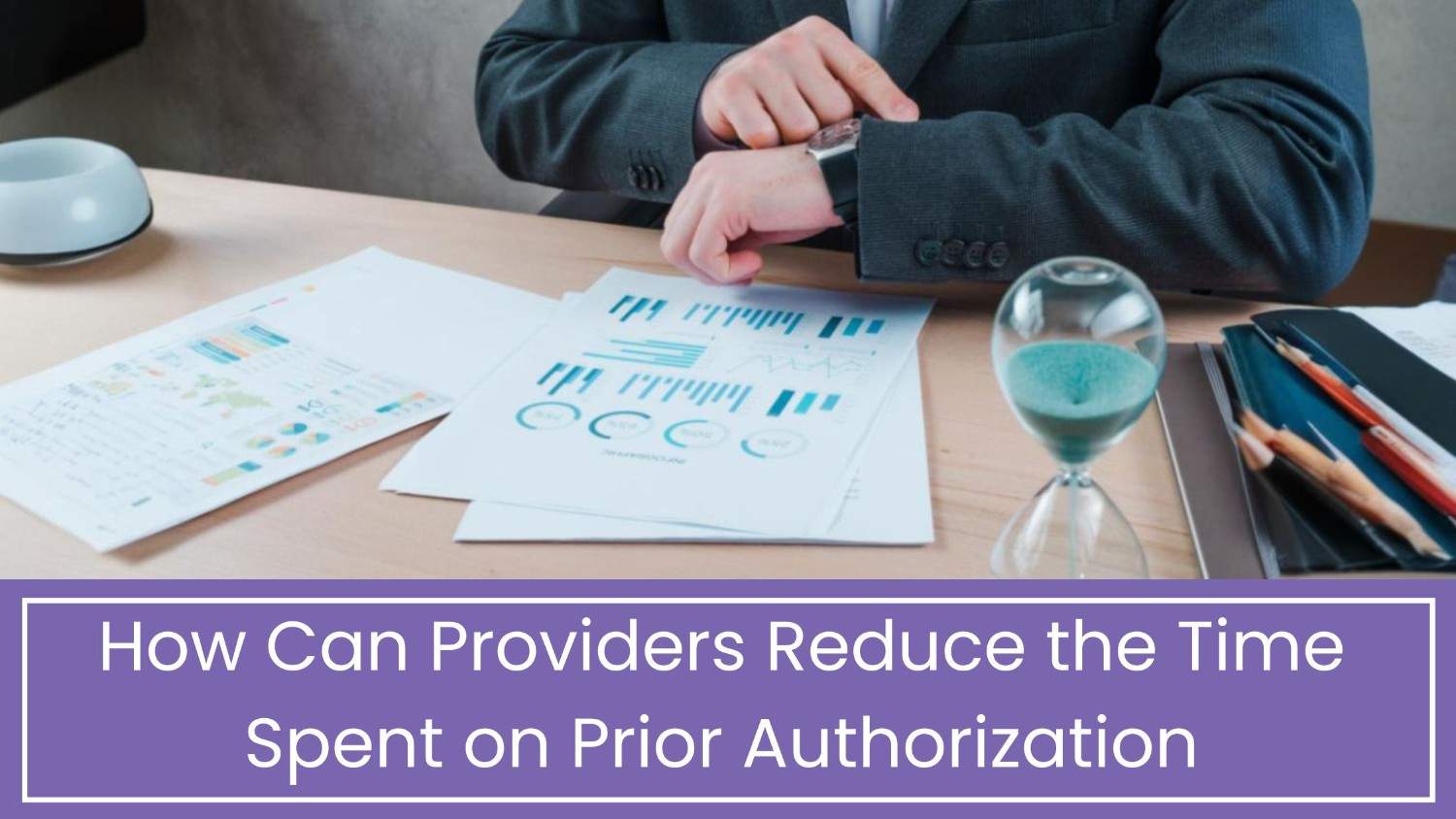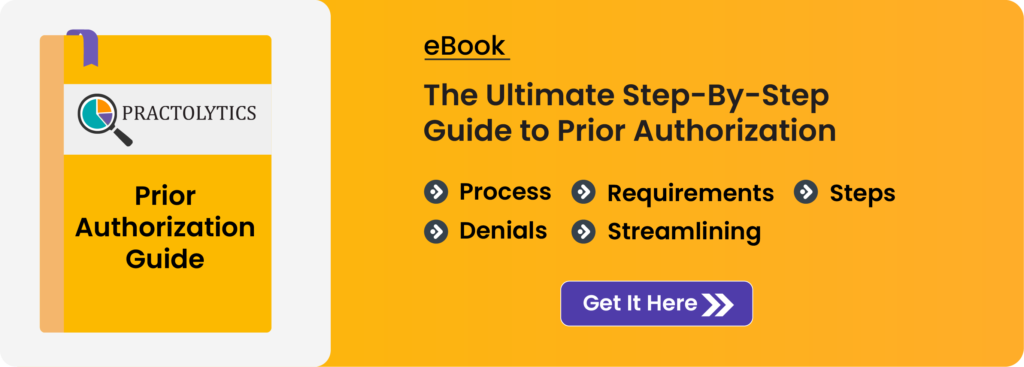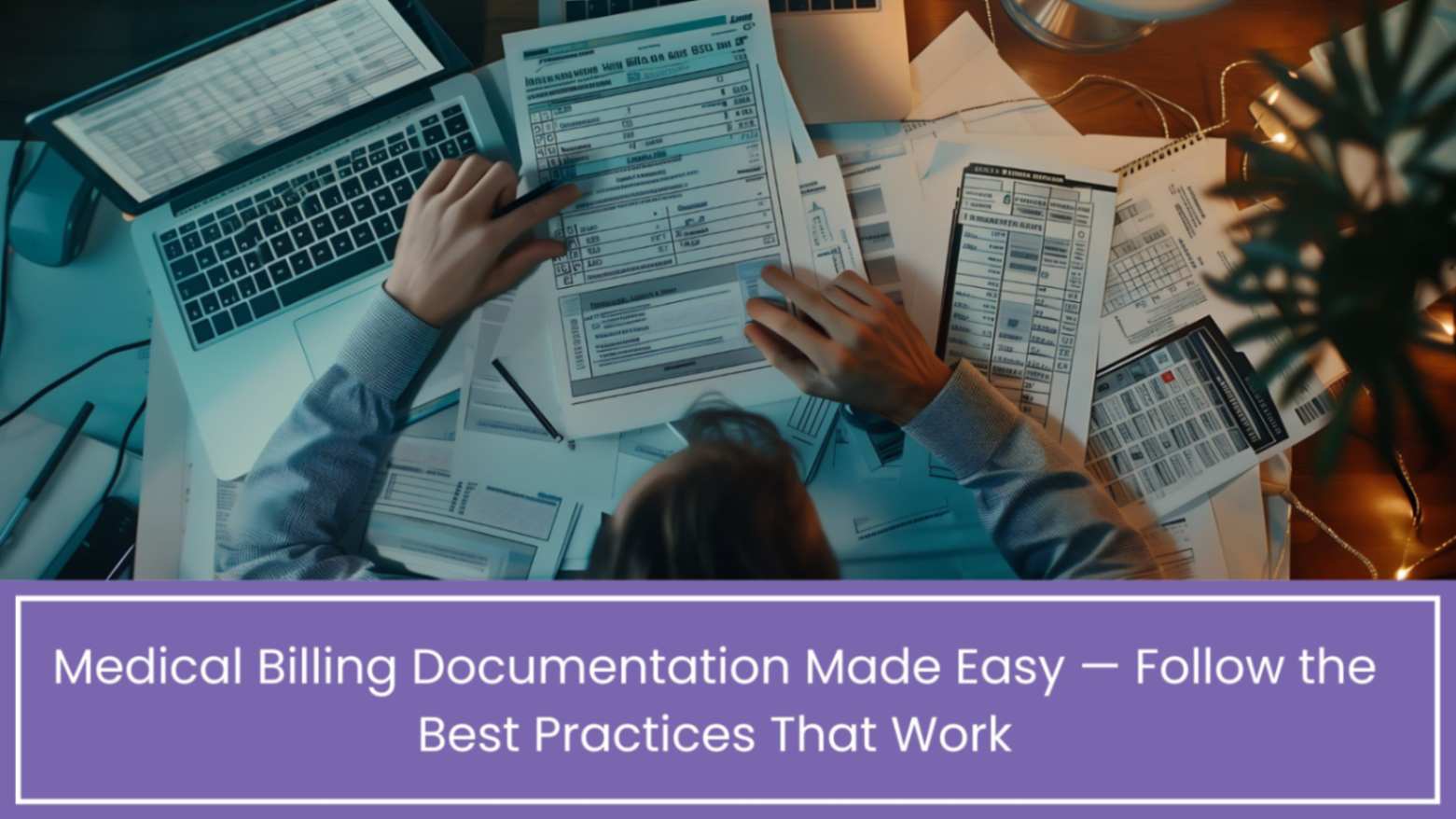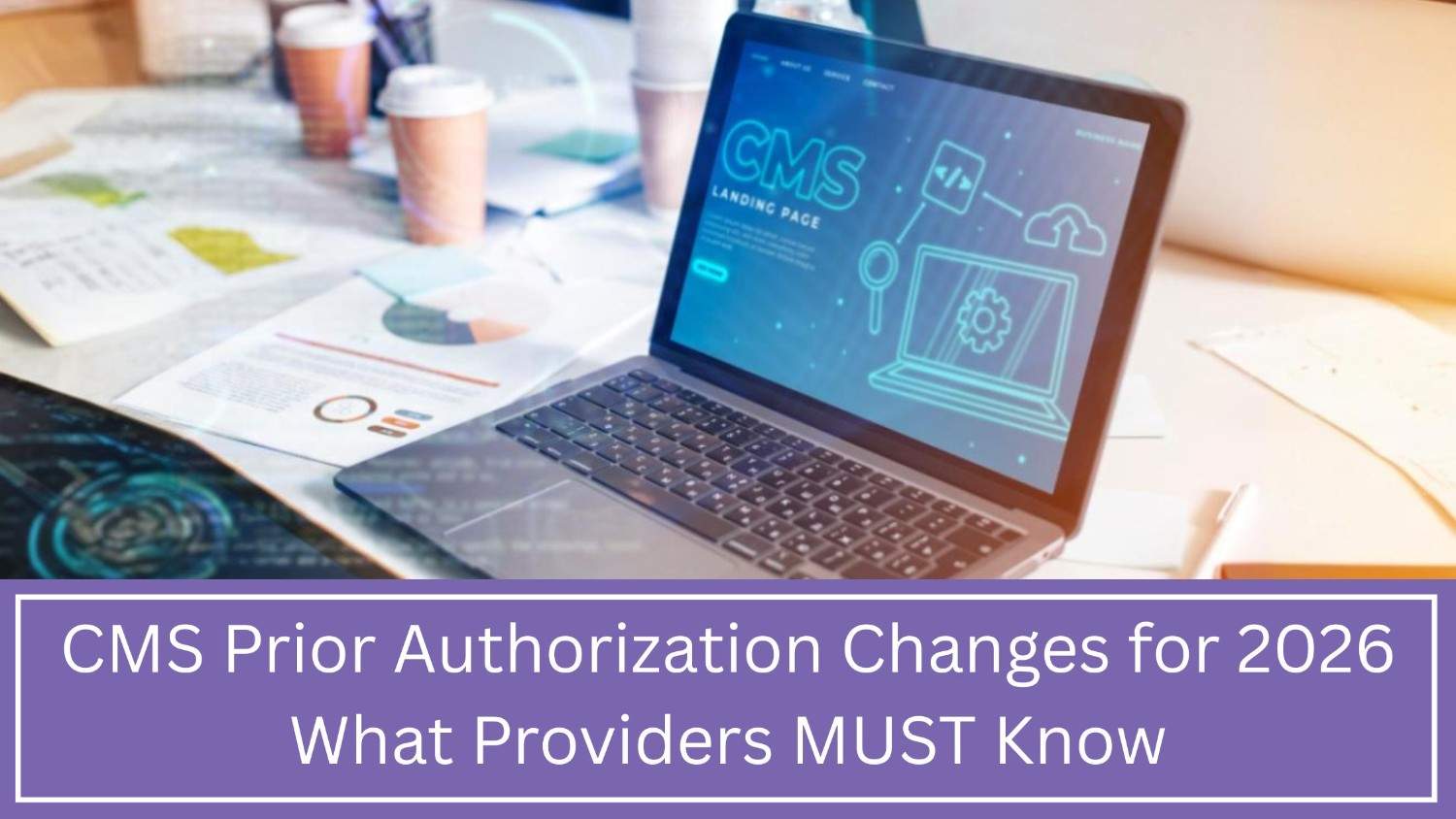How Can Providers Reduce the Time Spent on Prior Authorization?
How Can Providers Reduce the Time Spent on Prior Authorization? Prior authorization (PA) often slows patient care and adds stress to clinic and hospital staff, making it one of the biggest time drains in 2026. This article explains why PA takes so long, the latest trends shaping approvals, and 12 practical steps providers can take immediately to cut delays. From leveraging AI-assisted documentation and electronic PA systems to forming specialized teams and strategically outsourcing, these strategies help improve patient satisfaction, save time, and protect revenue. Practolytics offers customized solutions to streamline PA operations and speed up approvals.
Table of Contents
Reduce Prior Authorization Time in 2026
Prior authorization (PA) wastes too much clinic and hospital time. It delays patient care, upsets patients, and keeps staff from other important work. In 2026, the issue is worse: insurers demand more approvals, rules change often, and many offices still handle PA manually.
This post breaks down why PA takes so long, shares current facts and trends, and gives clear steps providers can use now to reduce PA time. I’ll also explain how combining tech updates with process changes saves time and protects earnings.
Quick snapshot: why PA matters now
Prior authorization for insurance will cover a service before care happens. When PA works well, it protects both payers and providers. But slow or manual PA makes patients wait and costs providers time and money.
Key facts:
- Clinics handle dozens of PAs per doctor each week. Staff spend hours on them.
- Most PA work is still manual—calls, faxes, and web portals. This wastes time and money.
- Industry data shows big savings when PA shifts from manual to digital.
This is why providers must act now to speed up PA.
Why do prior authorizations take so long?
- Many manual steps slow things down. Staff must gather records, call payers, fill out forms, and wait for replies. Each task adds more time.
- Different payer rules create extra work. Every insurer uses unique forms, medical coding rules, and proof needs. Teams must adjust every request separately.
- Poor documentation causes problems. If clinical notes miss key details, payers say no or ask for more. That means doing things again and delays.
- Slow payer replies hurt speed. Some take days or weeks to answer, especially for complex care. Surveys show patients and doctors face long waits.
- More automated denials are a challenge. Payers use AI and bots that can block requests if the paperwork doesn’t match the rules exactly. This speeds up denials as much as approvals and needs careful changes.
Trends and news shaping prior authorization in 2026
- More electronic PA work. Industry groups want all PA steps done online. This will make approvals faster and easier to track.
- Quick yes for simple cases. Some payers and pharmacy managers now say yes right away when rules fit. Surescripts says some approvals take under 30 seconds.
- Insurers are cutting PA rules. Big payers like Humana are dropping PA needs for some tests. This speeds up care and saves money. They promise faster replies for online requests.
- Worry about AI saying no. Doctors fear payers’ AI systems might deny more care if not checked fairly. Rules must be clear.
The takeaway: Tech and standards speed up PA—but we must use them wisely.
How providers can cut prior authorization time — 12 practical steps
Below are straightforward steps any clinic or hospital can take. Pick what works for your scale and budget.
1. Check insurance upfront
Automate eligibility during scheduling—not at check-in. Real-time tools prevent coverage surprises and save staff time later.
2. Link PA tools to your EHR
Integrate prior auth workflows directly into electronic health records. Clinicians launch requests from patient charts—no copying, fewer errors, faster approvals.
3. Switch to electronic PA
Ditch phone/fax for digital submissions. Groups like CAQH show ePA cuts, delays, and boosts efficiency.
4. Create reusable templates
Build pre-filled forms and evidence kits for each insurer and service. Standardized packets reduce rejections and rework.
5. Train your team on what to document
Teach doctors and nurses exactly what insurers need—like test results or how a patient’s daily life is limited. Clear notes mean fewer follow-up questions.
6. Build a small, expert prior authorization team
Even small clinics should have a dedicated PA group. Specialists work faster and make fewer mistakes. They learn each insurer’s rules for different treatments.
7. Use AI to prepare requests, and humans to check
Let AI tools find key medical details and spot missing info. Staff review everything before sending. This keeps quality high without slowing things down.
8. Connect directly to insurer systems
When insurers offer live portals or digital links, use them. Real-time checks slash wait times for simple requests—sometimes from days to minutes.
9. Track key numbers and fix problems
Measure how long PAs take, how many get approved, and why some get denied. Use this data to fix common issues like missing tests or wrong codes.
10. Talk to insurers for simpler rules
Work with local insurance reps to make rules clearer and cut repeat requests. Some insurers give faster reviews for complete cases.
11. Help patients with clear timelines
Tell patients approval wait times upfront and give choices like scheduling after approval. Being clear-cut calls and boosts satisfaction.
12. Try smart outsourcing
For high PA volume, outsource simple cases to experts but keep complex ones in-house. This mix keeps speed and control balanced.
Real-world examples of time saved
Some health groups now get routine prior authorizations done in hours, not days. They use digital tools and automatic checks. For common drugs and basic scans, approvals can be instant if the data fits the rules.
Clinics that handle all PA work in one place and use standard forms often cut staff time per PA by 30–60%. They save by avoiding rework and fewer phone calls.
This frees up staff to help patients more and cuts treatment delays.
Risks and pitfalls to avoid
- Blind trust in AI. Always have staff review AI flags to prevent unfair claim denials.
- Poor integration. Tools that don’t connect to your EHR add work. Choose integrated systems.
- Ignoring payer differences. Standard workflows fail. Customize for each payer’s rules.
- Weak change management. Train teams and define new roles when introducing tools to avoid resistance.
Choosing technology and partners
When picking a vendor or tool, ask:
- Does it connect with your AdvancedMD EHR and scheduling?
- Can it send electronic prior authorizations through payer systems?
- Does it include payer-specific templates and checklists?
- How clear is its AI? Can staff easily check their work?
- What reports does it offer for tracking speed and denials?
Also, talk to their clients and review real results.
How policy and payer moves will change PA time
Payers reducing prior authorization rules for low-risk services will save providers time. Several big insurers have already cut some PA rules and aim for faster electronic decisions.
However, payers using AI for decisions raise concerns. Providers must protect patient access and watch for sudden denials from unclear algorithms. Working closely with payers and policy groups will decide if automation helps or harms care.
Bottom line: a practical playbook for clinics and hospitals
- Verify benefits when scheduling visits.
- Switch PA tasks to digital tools and APIs.
- Build a skilled, central PA team.
- Use templates and AI for docs—always have staff check them.
- Measure results and solve core issues.
- Partner with payers to streamline rules.
- Outsource select tasks if helpful.
These steps speed up care, ease team strain, and help patients get treated faster.
Conclusion: Practolytics can speed prior authorization for your team
Prior authorization doesn’t have to slow you down. With smart steps, training, and tech, you can cut PA time without losing quality.
At Practolytics, we build PA workflows that match your EHR and team habits. Here’s how we help:
- Easy ePA tools built into your EHR for fast requests
- AI that finds key clinical facts for each request
- Direct links to payers for quicker approvals
- Ready-made templates for common needs, less rework
- Dashboards showing problems to fix recurring issues
- Human + AI review to prevent denials
With us, your team spends less time on paperwork and more time with patients. Faster PAs mean fewer delays, lower costs, and happier patients—exactly what care needs today.
Read More – Prior Authorization Services for Podiatry : improving Patient Access and Care






